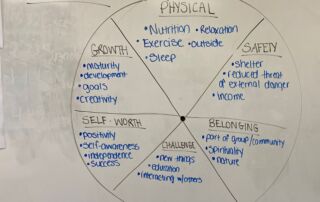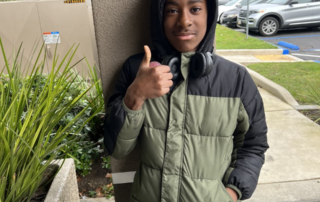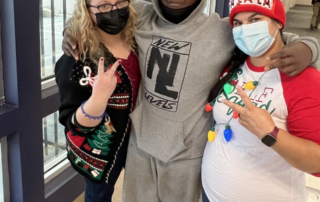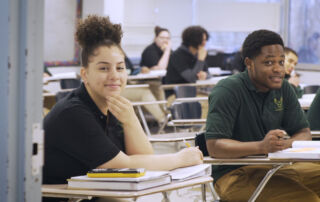Raiden’s Story: A 180-Degree Turn
Prior to attending one of the High Road Schools operated by Specialized Education Services, Inc. (SESI), Raiden experienced many difficulties in school. Along with academic issues, Raiden was dealing with unrelenting bullying that affected his emotional well-being and behavior. “Daily life was a struggle,” said Raiden’s mom, Rachel, recalling Raiden’s morning temper tantrums and afternoon meltdowns about his day. Rachel hoped for any positive change or development when she enrolled Raiden at High Road School of Southern York. What she witnessed far exceeded her expectations. “Where do I even start?” Rachel said. “[High Road School’s] intervention has been an amazing change [...]








